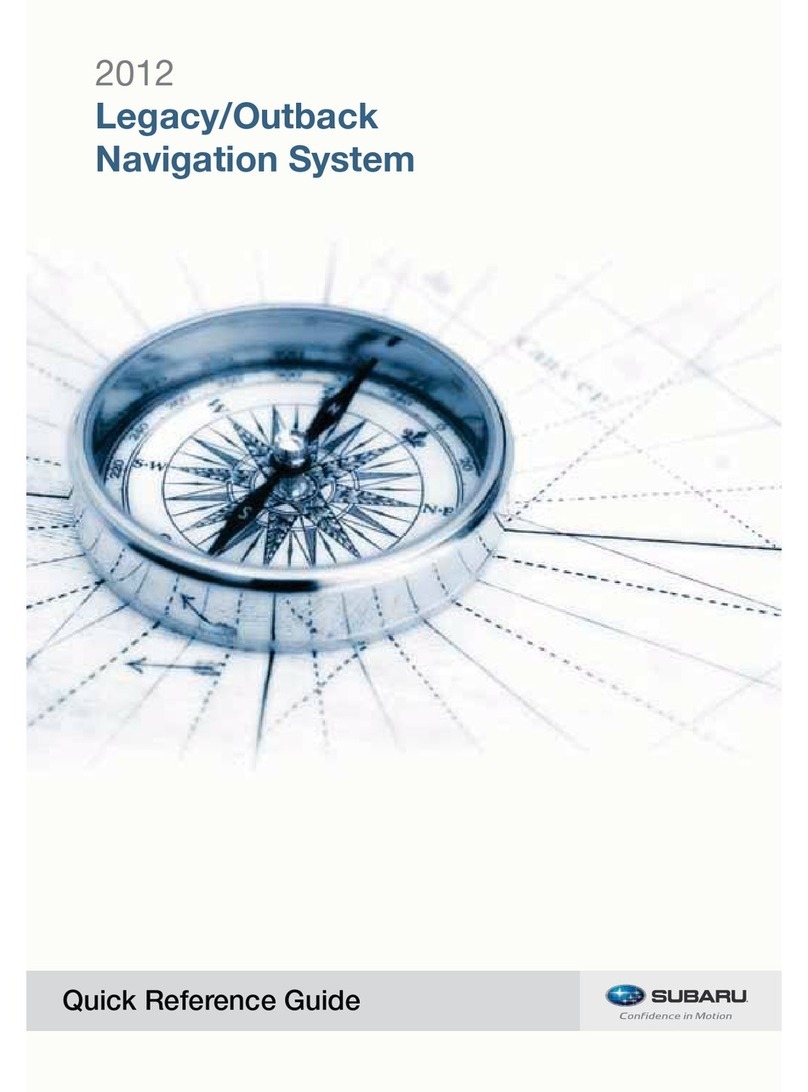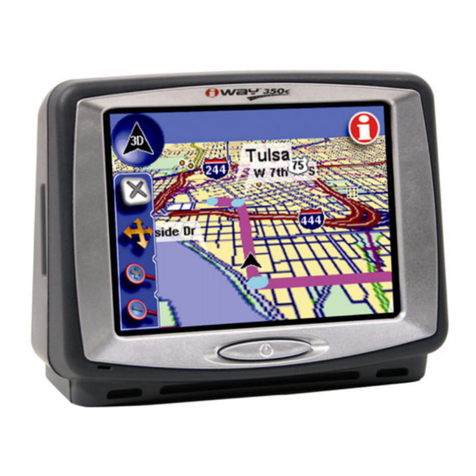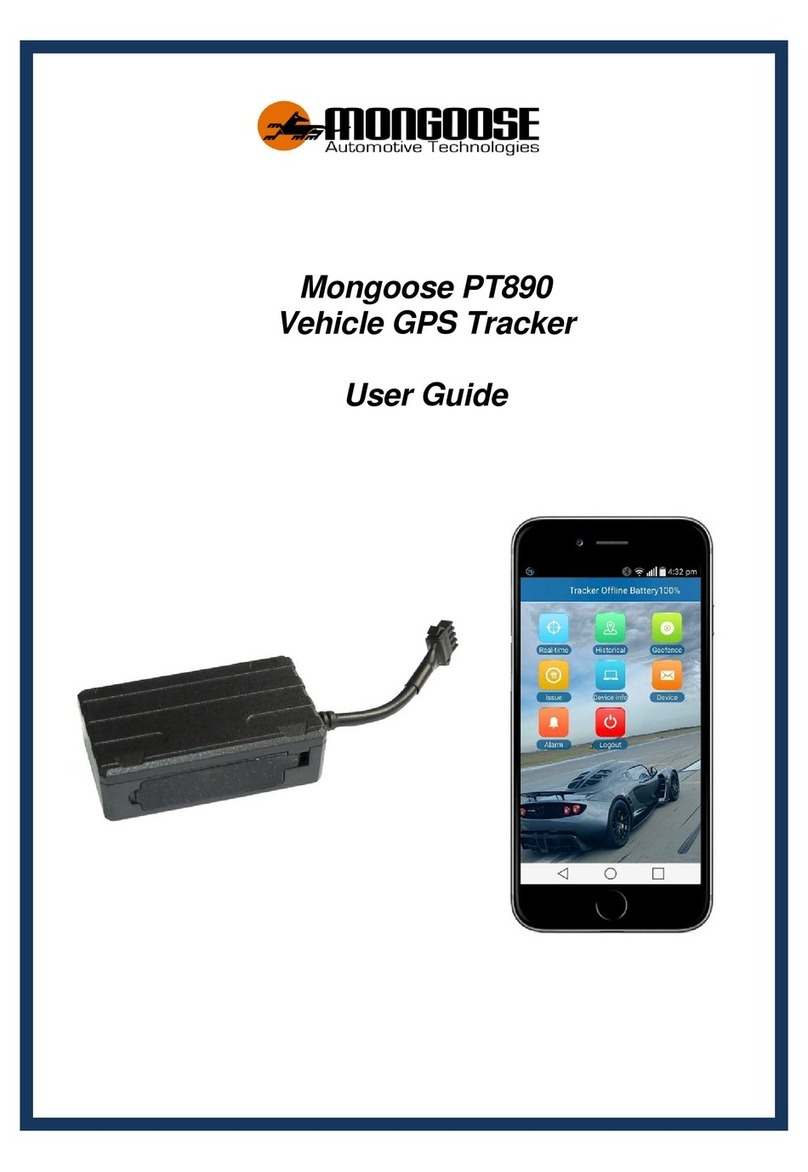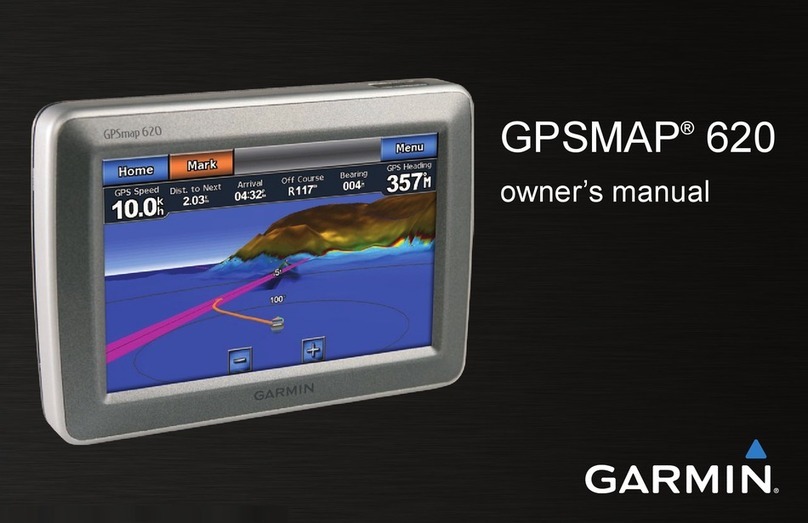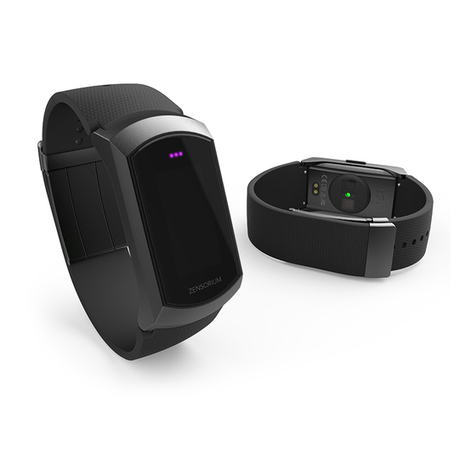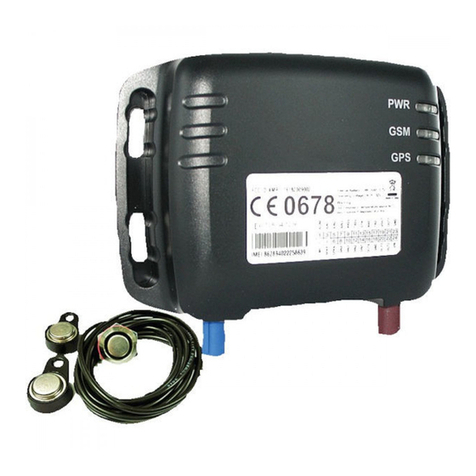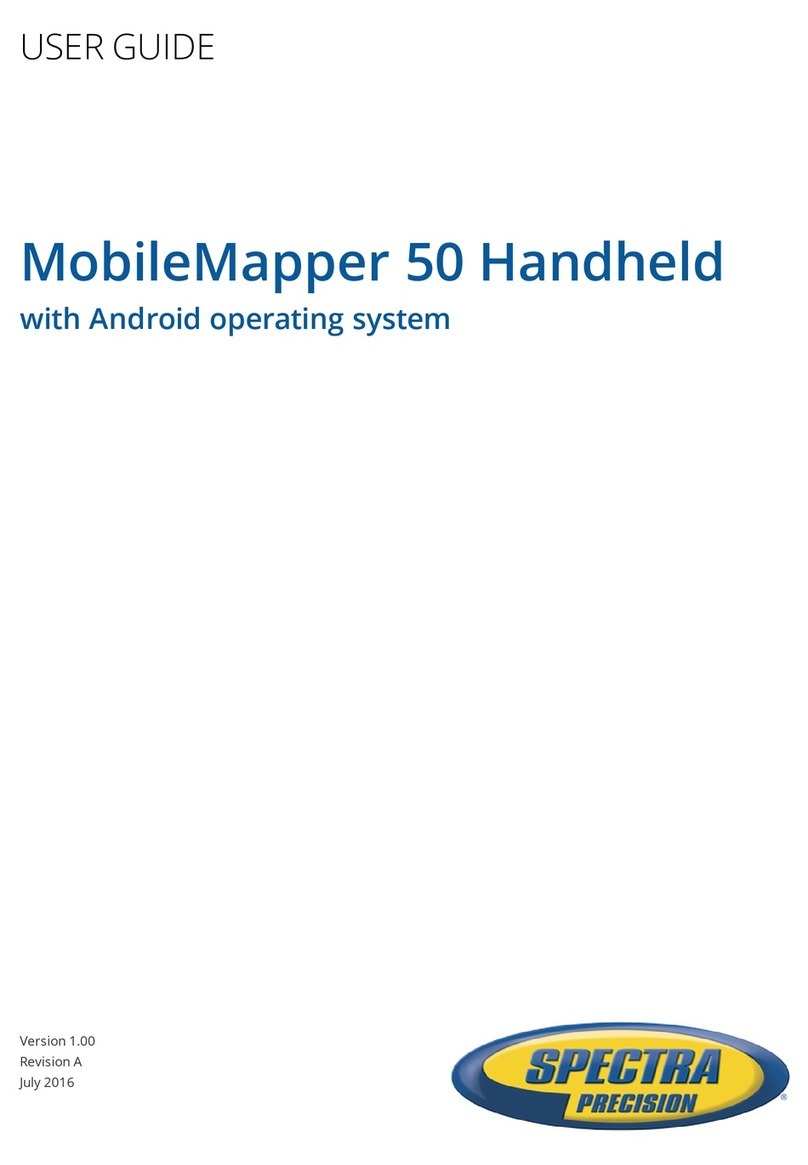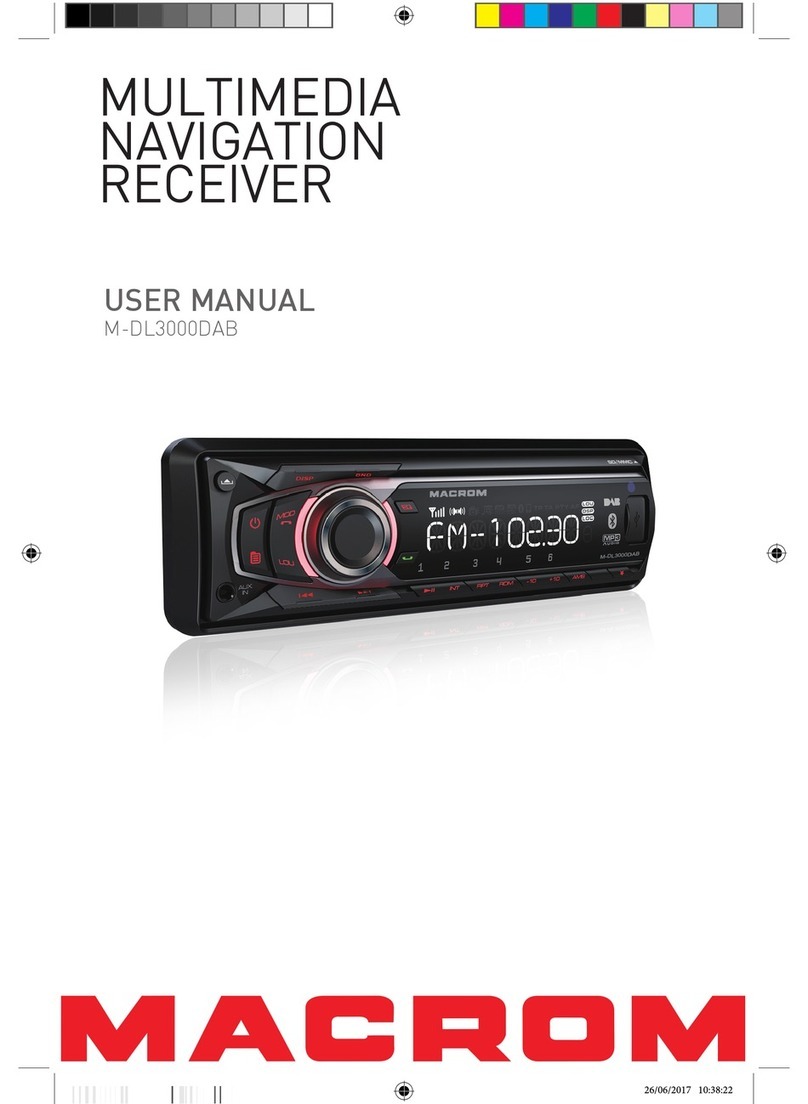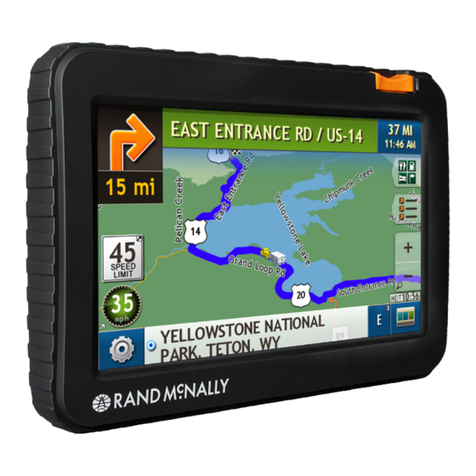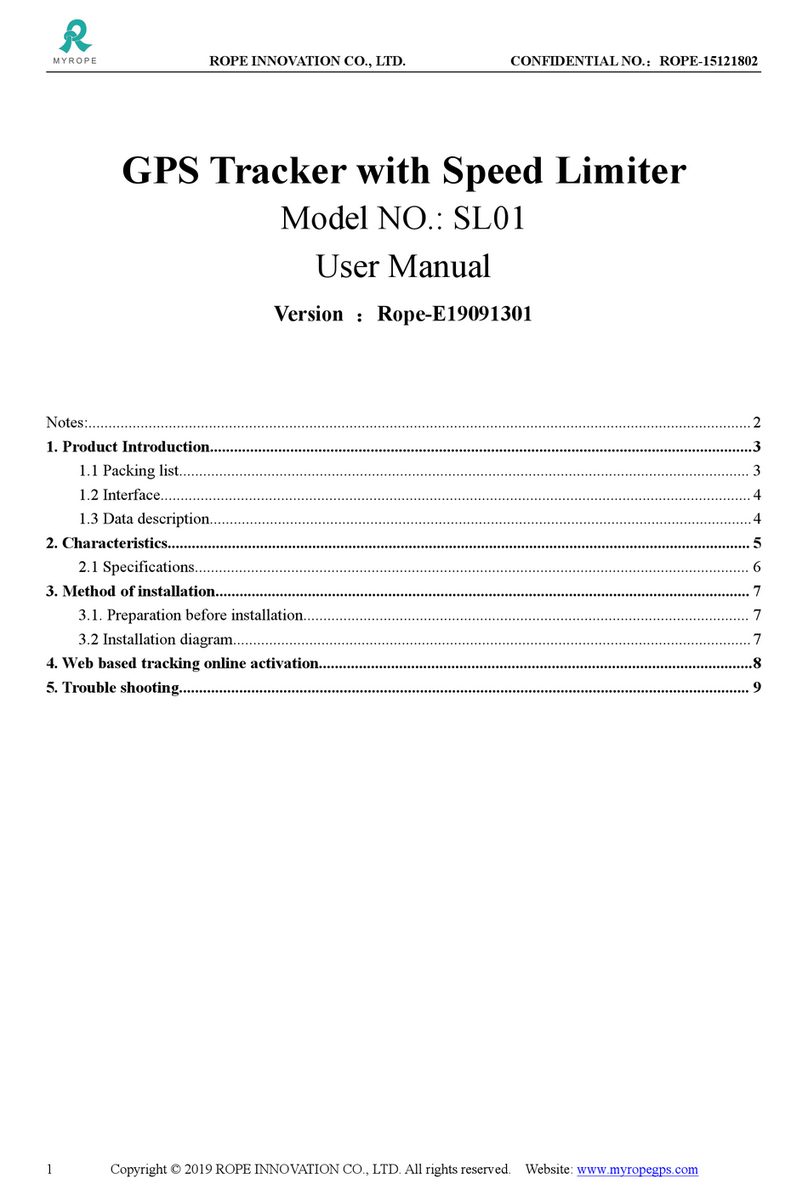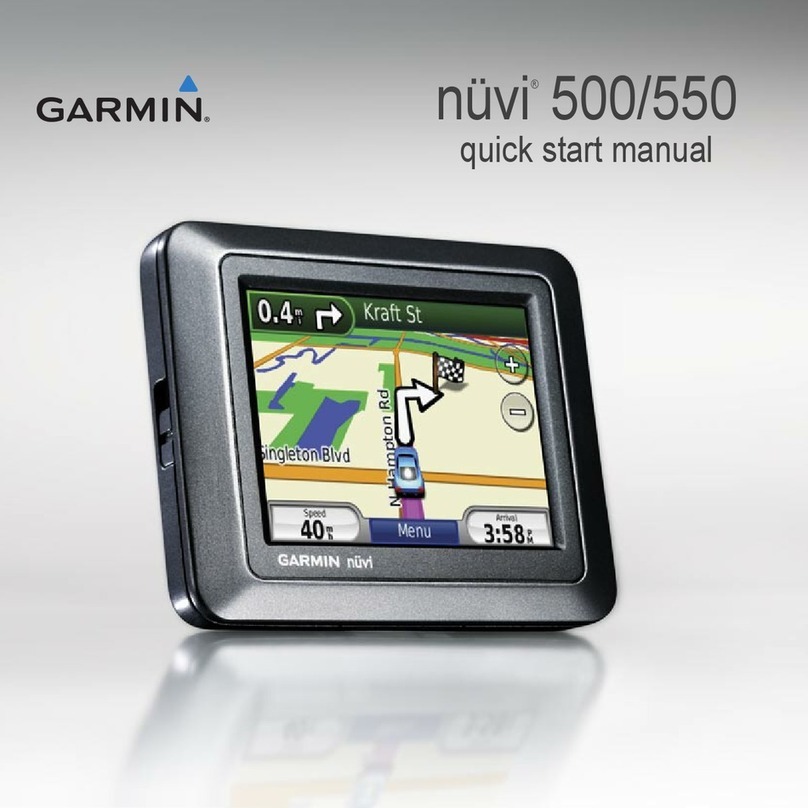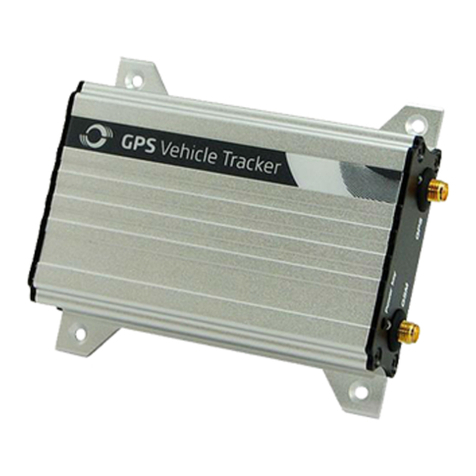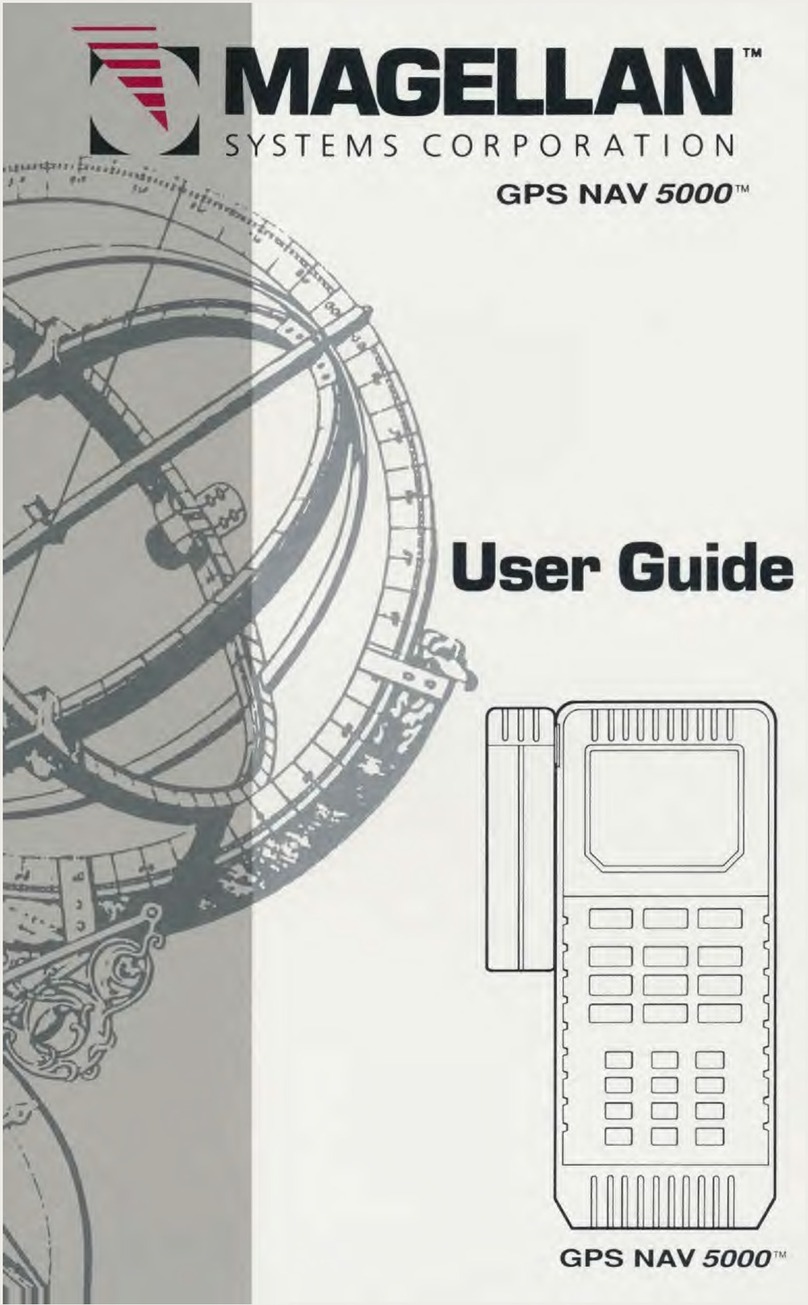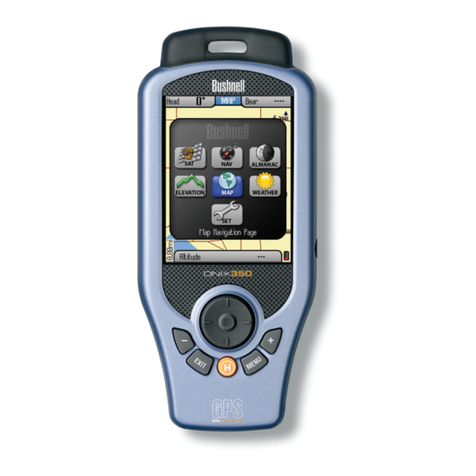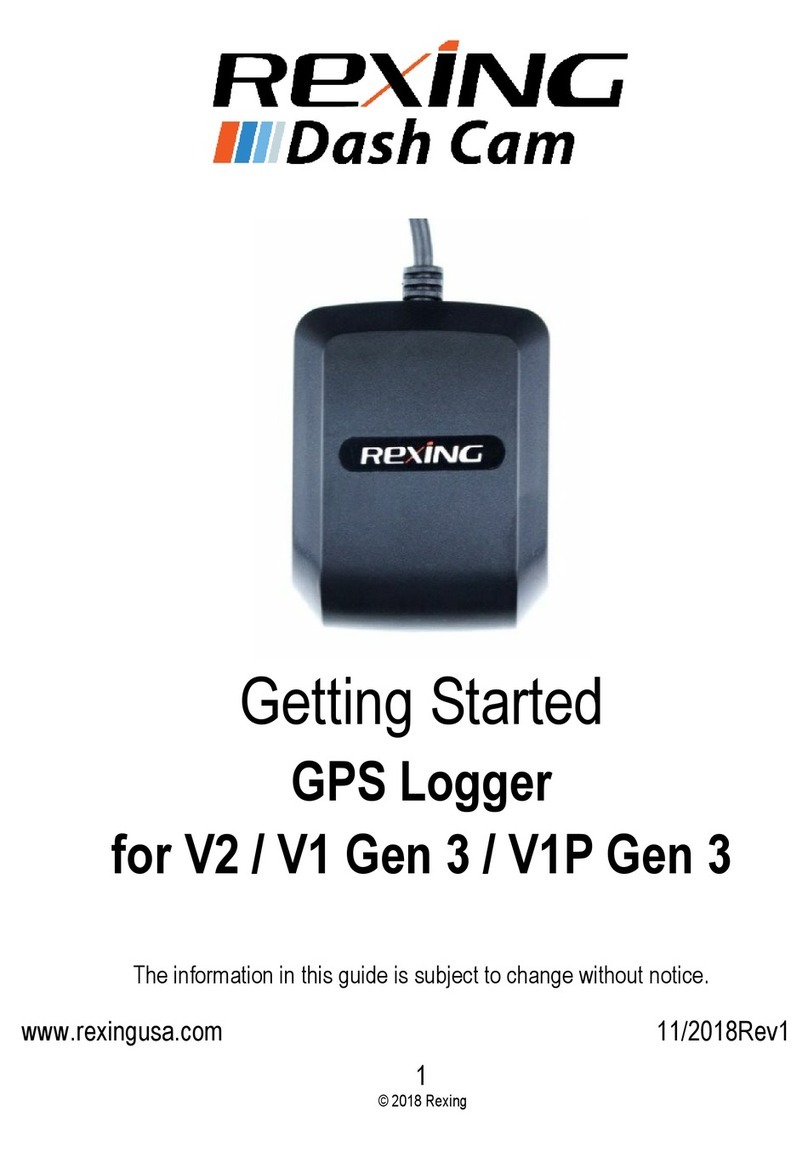EW Avionics EW microRecorder User manual

EW microRecorder
Instructions
Hardware V7 Firmware V6.74 and above
29/4/07
Unit comprises-
microRecorder
Antenna
USB download/charging lead
EW microConnector
Introduction
The EW microRecorder logs GPS track and pressure trace in a secure .IGC file. These files can
be downloaded over USB using Windows Explorer. The file contains an encoded digital
signature. This means that any subsequent change made to the file can be detected. Hence files
produced by the microRecorder can be checked to ensure that file is unchanged. The software to
carry out this task is in the public domain and can be downloaded from our website
www.ewavionics.com
The re-chargeable batteries provide up to 100 hours of use. (Dependant on update rate). Charging
is by USB, or via a separate charger.
Installation
The microRecorder should be installed away from direct sunlight to prevent high temperatures
inside the microRecorder. If the temperature exceeds 85 deg C the microRecorder will stop
functioning until the temperature has fallen to 70 deg C, Velcro tape is ideal for the purpose of
mounting.

The antenna should be placed in clear view of the sky, on top of the coaming / glare shield in
front of the instrument panel is ideal. If the signal is attenuated the microRecorder will not go into
power saving and the drain on the battery life will be greatly increased.. It is important to use an
EW antenna, fitted with a ferrite filter to prevent the glider radio from interfering with the
microRecorder operation. Great care should be used in attaching the antenna. If this is expected
to be carried out regularly, we would recommend the use of the BNC adaptor and a BNC plug on
the antenna lead. (See www.ewavionics.com)
On external power the microRecorder will supply 5 volts to drive a PDA.
The microRecorder comes with a RJ45 plug with a length of 8 core cable to enable the user to
connect to the various functions.
The RJ45 lead has the following pin designations-
Pin 1 External power in 9-15 Volts (White/Orange).
Pin 2 5 volts out max 1 amp, if externally powered, this can be used to drive a PDA (Orange)
Pin 3 outputs NMEA, and should be used for Hardware 5 and lower. (green/white)
Pin 4 Serial in to microRecorder, (Blue)
Pin 5 Pilot Event, momentary grounding gives update rate of 1 sec,
for 30 sec. (White/Blue)
Pin 6 NMEA messages are- GPGSA, GPRMC, GPVTG, PGRMZ at a default rate of 38400 baud
see EW-User.txt. (Green),
Pin 7 Reset pin, connecting momentarily to ground will switch the microRecorder off.
(White/Brown)
Pin 8 Earth (Brown).
Battery Operation
This is not recommended for update rates of less than 5 secs as drain on the battery is
significantly increased.
To start, press the switch until the red power LED lights
The microRecorder is turned off by pressing the switch twice within 1 second, or waiting for the auto
off criteria to be met. (See Settings- Auto off criteria). If running on the internal battery it is suggested
that you either disable the Auto Off or have a time longer than the glider might be stationary on the
launch point. Otherwise there is a danger of the microRecorder switching off before takeoff
External power Operation
The microRecorder can be used with an external power supply, 9-15 volts. When the external
power is connected the microRecorder will switch on automatically, and will remain on whilst
external power is maintained. To switch off; disconnect the external power and press switch
twice, or disconnect power and wait for the Auto off criteria to be met. (see Settings Auto off
criteria). This is the recommended mode of operation, as there is no possibility of forgetting to
switch the microRecorder on.

Status LEDs
On battery operation; for 30 secs after STARTUP, the red LED shows battery status-
4 or continuous Flashes indicate 80-100 % charge.
3 Flashes indicate 50-80 % charge
2 Flashes indicate 25-50 % charge.
1 Flash indicates 0-25 % charge.
The status can be repeated at any time by pressing the switch.
The green LED is constant whilst searching for satellites. A flashing green LED indicates a
GPSGPS fix. After a few minutes of operation the flashing period should drop from 1 second to
the update rate. If this does not happen it indicates that the GPSGPS reception is weak and the
microRecorder has not entered power saving.
Check that the microRecorder has a fix before each flight. If for some reason the
microRecorder does not have a fix, it will still act as a barograph and record the pressure.
The microRecorder will not record whilst connected to the USB.
Downloading Files
On connecting the microRecorder to the USB, it will automatically be recognised as a removable
drive named ‘EW_IGC LOGS’, (On Windows2000 or later). Files can be opened or copied from
the microRecorder to your computer. Files can only be deleted using the EW-User.txt.
The oldest file will automatically be deleted by the microRecorder when the memory is full. At a
10 second update 300 hours of flying may be recorded. It is not possible to delete individual files,
but all files, (except the EW-User.txt) can be deleted see EW-User.txt.
Memory is maintained independently from the batteries.
Re-charging batteries-
The microRecorder may be charged either using an EW microCharger or by connecting to the
USB on your computer.
In either case the microRecorder should be switched off and not connected to an antenna. The
computer must be running and not be in a sleep mode. Ensure that the red LED remains on,
indicating charging. It can take up to 12 hours to fully charge the batteries. After even a brief
charge, the battery status LED will indicate an ‘optimistic’ charge state until the unit has run for a
considerable time.
Batteries should not be re-charged if the unit is below 0 deg C.
The batteries do self discharge over a period of time and should be re-charged every 3 months, if
this is not carried out the life of the internal lithium battery which maintains the security keys,
will be reduced.
To minimise the drain on the glider battery, charging with the antenna connected will only partly
re-charge the microRecorder battery
SD Card Version
SD Card.
On startup the microRecorder looks for a EWUSER.txt on the SD flash card. If one is found it
will be used, otherwise the version in the memory will be used. If a declaration is uploaded
serially from software packages such as SeeYou Mobile or ConnectMe, then a copy of w the
EWUSER.txt will be put on the SD card, overwriting any copy present. This will mean that any
subsequent start of the microRecorder will contain the new declaration.
Ensure that the unit is switched off before removing the card, otherwise the file will not have
been copied to the card.
When the unit is switched off either all the .igc files, or the last file is copied from the
microRecorder memory to the flash card, depending on the option set in EWUSER.txt.
FAI Approval-

The microRecorder is ratified for all flights including World records.
Any attempt to open the microRecorder will invalidate the file security and delete the security
algorithms. The EW-User.txt will show the unit is in a compromised state.
Settings
The memory contains a file called EW-user.txt. This may be opened in a standard text editor such
as notepad. Only changes made to SETTINGS, USER DETAILS and DECLARATIONS are
accepted. To save your changes, save the file back to the microRecorder.
The following parameters ranges are accepted: -
Update rate: 1-10-secs.
Valid Baud rates: 4800, 9600, 19200, 38400(default)
Auto off Time: 5 - 180 mins
Auto off Speed: 5 – 50 kph
Auto off Height: 0 - 500m
Auto Off Criteria- If during the Auto off time period neither the speed nor height change exceeds
the Auto off Speed or Auto off Height values then the microRecorder will switch off
automatically, (providing it is not connected to external power). To disable Auto Off, set the Auto
height value to zero.
Start Speed and Height
Start Speed: 0-50 kph
Start Height change: 0-50 m
Recording will start when either criteria is met, (with a buffer of the previous 30 readings).
Setting either parameter to zero will start recording immediately, (not advisable if using EW
microCharger as this will result in a large blank file). Once started, recording will continue until
the microRecorder is switched off.
microRecorder SD. If the SD Flash unit is fitted, the option of synchronising just the last file,
(type ‘last’) or all files (type ‘All’) is may be used
Engine Noise; To enable replace ‘N’ with the EW authorisation code, obtainable from
Delete Files-Typing ‘Y’ will delete all .IGC files. And then revert to ‘N’. Both lights will flash
simultaneously during this process.
Pilot and glider Any 32 alpha numerical characters including spaces.
Declarations Use the format shown. Default declarations will not appear in the IGC file.
It is important that only alpha numeric characters are included in the declaration, as other
characters such as a comma will prevent the resultant .IGC file from being validated.
The microRecorder suppors serial upload of declarations from a PDA.
Calibration
The microRecorder is supplied with a calibration certificate for the atmospheric pressure sensor.
This is an important documents which will be required for badge claims.
Table of contents
